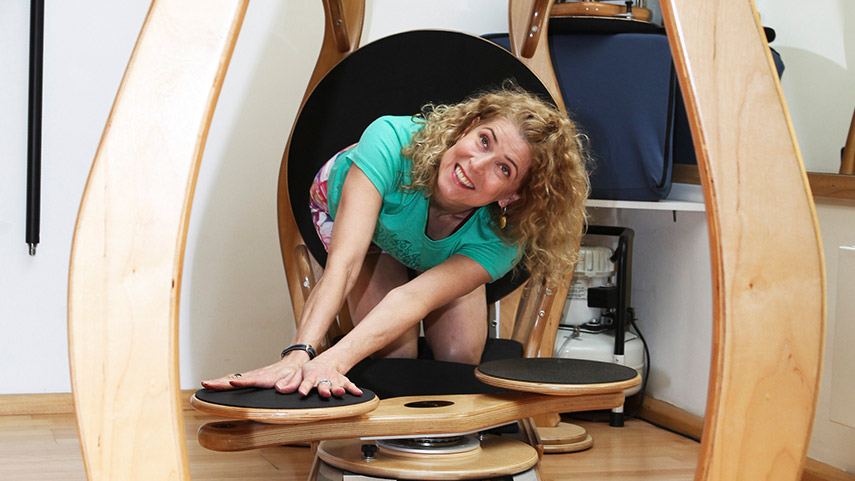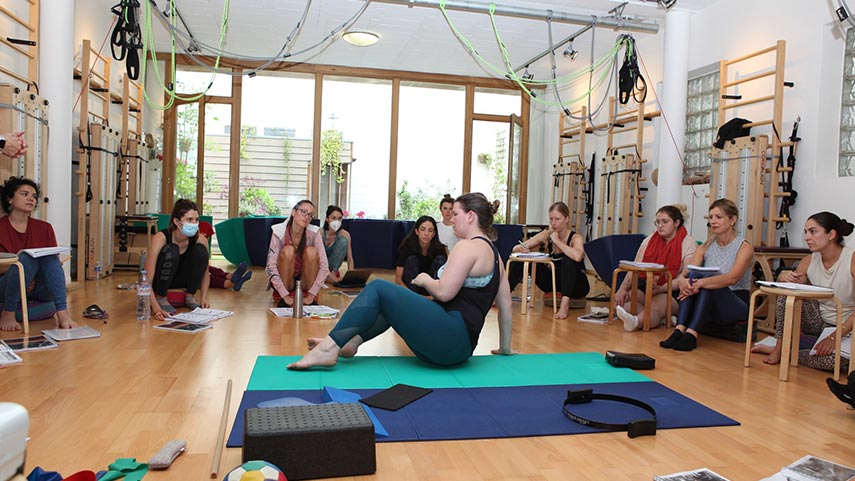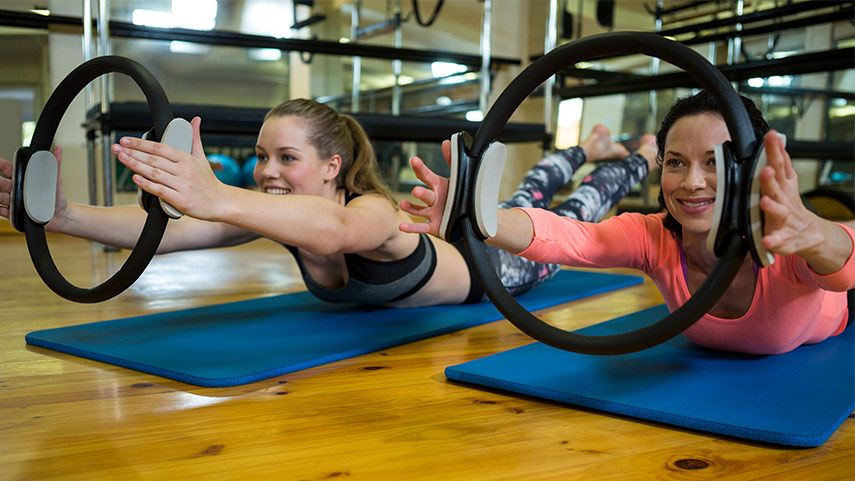Pilates and GYROTONIC® During Menopause: A Path to Strength and Renewal
Menopause marks a powerful transition in a woman’s life – one that brings physical, hormonal, and emotional changes. While the shift can come with challenges like joint pain, fatigue, bone loss, or mood swings, it also opens the door to a new kind of strength: one rooted in self-awareness, self-care, and movement. Two of the most supportive modalities during this life stage are Pilates and the GYROTONIC® method. Both systems empower women to stay strong, mobile, and grounded through the menopausal journey.
Embracing a Shifting Body
Hormonal fluctuations during menopause often cause muscle weakness, joint stiffness, reduced bone density, and changes in posture. Many women also experience weight redistribution, increased fatigue, or a general sense of disconnection from their bodies. These changes are natural but can feel discouraging. The key is not to fight the process, but to support it – and movement is one of the most effective ways to do just that.
How Pilates Supports Menopause Wellness
Pilates is all about core strength, posture, and functional mobility. Its controlled, flowing movements help women rebuild muscle tone and improve joint support without strain. This is especially important when dealing with midlife stiffness or aches in areas like the hips, shoulders, or back.
What makes Pilates uniquely effective is its adaptability. Whether you’re a beginner or returning to movement after years away, Pilates meets you where you are. The exercises can be performed on a mat or with equipment like the Reformer, which adds spring-based resistance to strengthen muscles and stimulate bone density – a crucial factor in managing osteoporosis risk.
As the deep core strengthens, posture improves, and back pain often subsides. Many women find that regular Pilates practice improves their balance, flexibility, and even bladder control thanks to pelvic floor activation – benefits that go beyond the studio into everyday life.
The GYROTONIC® Method: Flow, Energy, and Resilience
The resistance-based movement challenges muscles while supporting the joints, making it ideal for building strength without risk of injury. Sessions often leave women feeling energized, more upright, and deeply refreshed – a contrast to the exhaustion that often accompanies this phase of life.
Emotional and Mental Well-Being
Practical Considerations for Menopausal Women
Safety and sustainability are key. The beauty of these methods is that they can be tailored to meet your needs on any given day. On low-energy days, you might focus on stretching and gentle core work. On days when you feel more energized, you can challenge your strength or balance a little more.
Women with low bone density should avoid deep spinal flexion or twisting unless guided by an experienced instructor. A personalized approach ensures that every session supports your health, not just your fitness.
And while classes are great, one-on-one sessions – even a few – can help you build proper form and confidence, especially if you’re new or managing specific conditions like osteoporosis or joint pain.
A Time of Empowered Movement
Rather than viewing menopause as a decline, these methods encourage women to see it as an opportunity: a moment to reconnect, realign, and rebuild. Strength doesn’t have to mean pushing your limits; sometimes, it’s about consistency, intention, and care.
Midlife can be a powerful chapter. With the right support, including movement practices that honor your changing body, you can step into this phase feeling more connected, grounded, and strong than ever before.
Whether you’re just beginning to explore these modalities or deepening an existing practice, the message is clear: menopause is not an ending – it’s a rebalancing. And your body is still very much capable of joy, movement, and vibrant health.





